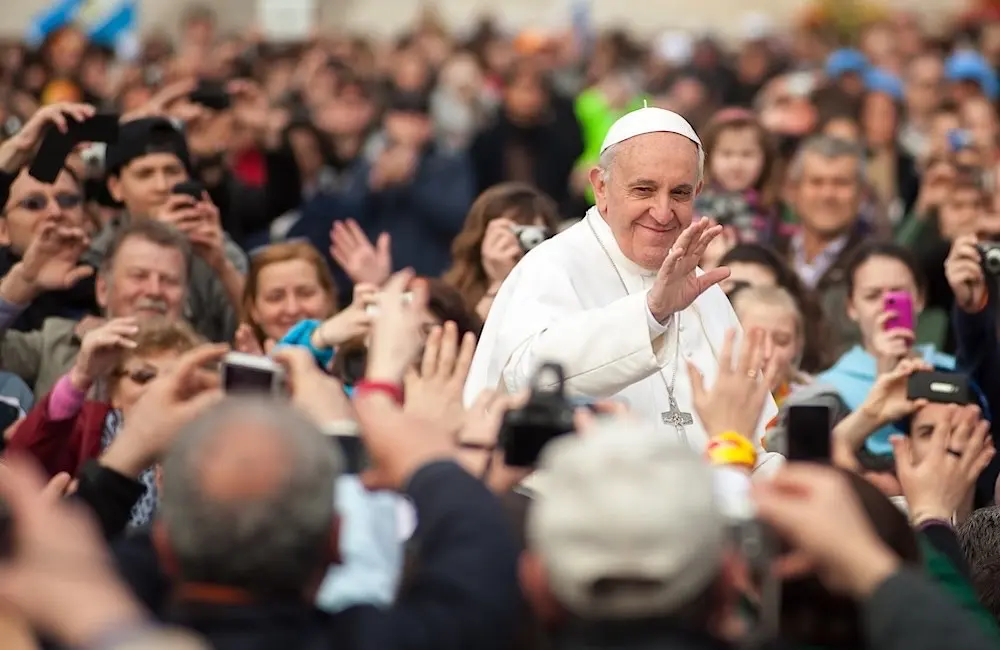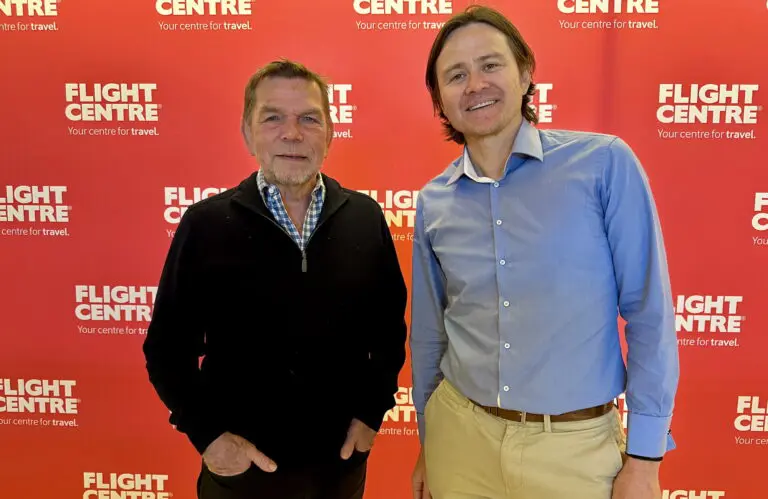Pope Francis died on Easter Monday, 21 April 2025, at age 88 following complications from a stroke and heart failure. His death, which marks the end of a 12-year papacy, comes as Rome already braces for millions of visitors during Jubilee 2025, one of the busiest years on the Catholic calendar.
With the funeral, mourning period and upcoming conclave now added to the itinerary, travel to Vatican City and across Italy is expected to face immediate impacts.
What happens now?
The Vatican has entered a traditional nine-day mourning period known as Novemdiales, during which Pope Francis’ body lies in state in St Peter’s Basilica. His funeral will be held in St Peter’s Square later this week, with leaders from across the globe expected to attend.
According to the Apostolic Constitution Universi Dominici Gregis, the conclave (the process of selecting the next pope) must begin between 15 and 20 days after a pope’s death. That places the likely start of the conclave in early to mid-May 2025.
The event will see 135 eligible cardinal electors (those under the age of 80) enter the Sistine Chapel, where they will vote in secret until one receives a two-thirds majority. The result will be signalled by the colour of the smoke emerging from the chapel’s chimney: black for an inconclusive vote, white for a successful election. Once a new pope is elected, the Vatican will deliver the ‘Habemus Papam’ proclamation from the central balcony of St Peter’s Basilica.
Jubilee 2025: Already a record year for pilgrimage travel
Even before Pope Francis’ death, Rome was preparing for one of its busiest tourism years on record.
Jubilee 2025 began on 24 December 2024 and runs until 6 January 2026. The Holy Year is a rare event, held every 25 years, during which pilgrims travel to Rome to pass through the Holy Doors at the city’s four major basilicas. The Vatican has estimated over 35 million visitors during this period, a number equivalent to Rome’s total tourist intake in 2023.
Scheduled Jubilee events include themed Holy Year pilgrimages, religious processions, and special masses. With the passing of Pope Francis, many of these activities are now being rescheduled or suspended in the lead-up to the conclave.
For example, the Vatican recently postponed the planned canonisation of Blessed Carlo Acutis the patron saint of the internet — which was due to take place during the Jubilee.
Immediate travel impacts
Travel to the Vatican and Rome will face short-term disruptions due to the papal funeral, security protocols, and increased visitor numbers for both Jubilee and the conclave.
Key considerations for travel professionals include:
- Accommodation shortages: Hotel demand in Rome and surrounding regions has surged. Many properties near the Vatican are already at or near full capacity, especially during the funeral and expected conclave window.
- Restricted access to Vatican landmarks: While the Vatican Museums remain open, St. Peter’s Basilica is currently limited to mourners. The Sistine Chapel, where the conclave will be held, is closed to the public.
- Heightened security: Authorities have increased police presence, surveillance and crowd control measures throughout the Vatican and central Rome. Large gatherings, particularly in and around St. Peter’s Square, are expected to continue for the next few weeks.
- Transport congestion: Local transit systems, including Rome Metro and regional trains, are likely to be overwhelmed as visitors pour into the city. Travel professionals are advised to factor in delays and advise clients accordingly.
Why this matters: Religious travel by the numbers
Religious tourism is a multibillion-dollar global market. According to a report by Coherent Market Insights, the global religious tourism industry is forecast to reach AUD 3.4 trillion by 2032. Pilgrimage travel (especially to Vatican City, Lourdes, and other major Catholic sites) remains one of the most consistent drivers of inbound international visitation in Europe.
The death of a pope historically draws massive crowds. In 2005, more than 3 million pilgrims travelled to Rome in the days following the death of Pope John Paul II. Similar patterns are expected this year, with Jubilee already pushing the city’s tourism infrastructure to capacity.
The added weight of a conclave and upcoming papal announcement will likely result in further short-notice demand, media presence, and logistical pressures on everything from group tours to guided access.
What to expect next
The conclave is expected to begin in mid-May 2025, though the exact dates will be confirmed by the Vatican in the days following the Pope’s funeral.
Until then, travel professionals should monitor updates via official Vatican and Italian tourism channels and prepare for possible itinerary changes, event cancellations, and crowd-related delays. Agents handling pilgrimage, faith-based or Europe-bound groups may also wish to review flexible booking and insurance options given the evolving situation.
KARRYON UNPACKS: The death of Pope Francis in the middle of Jubilee 2025 has created a once-in-a-generation flashpoint for religious tourism. For travel agents, this means juggling high demand, shifting schedules, and security-related disruptions in Rome. Expect last-minute bookings, media-fuelled travel surges, and strong interest in Catholic sites – especially once the conclave begins.







